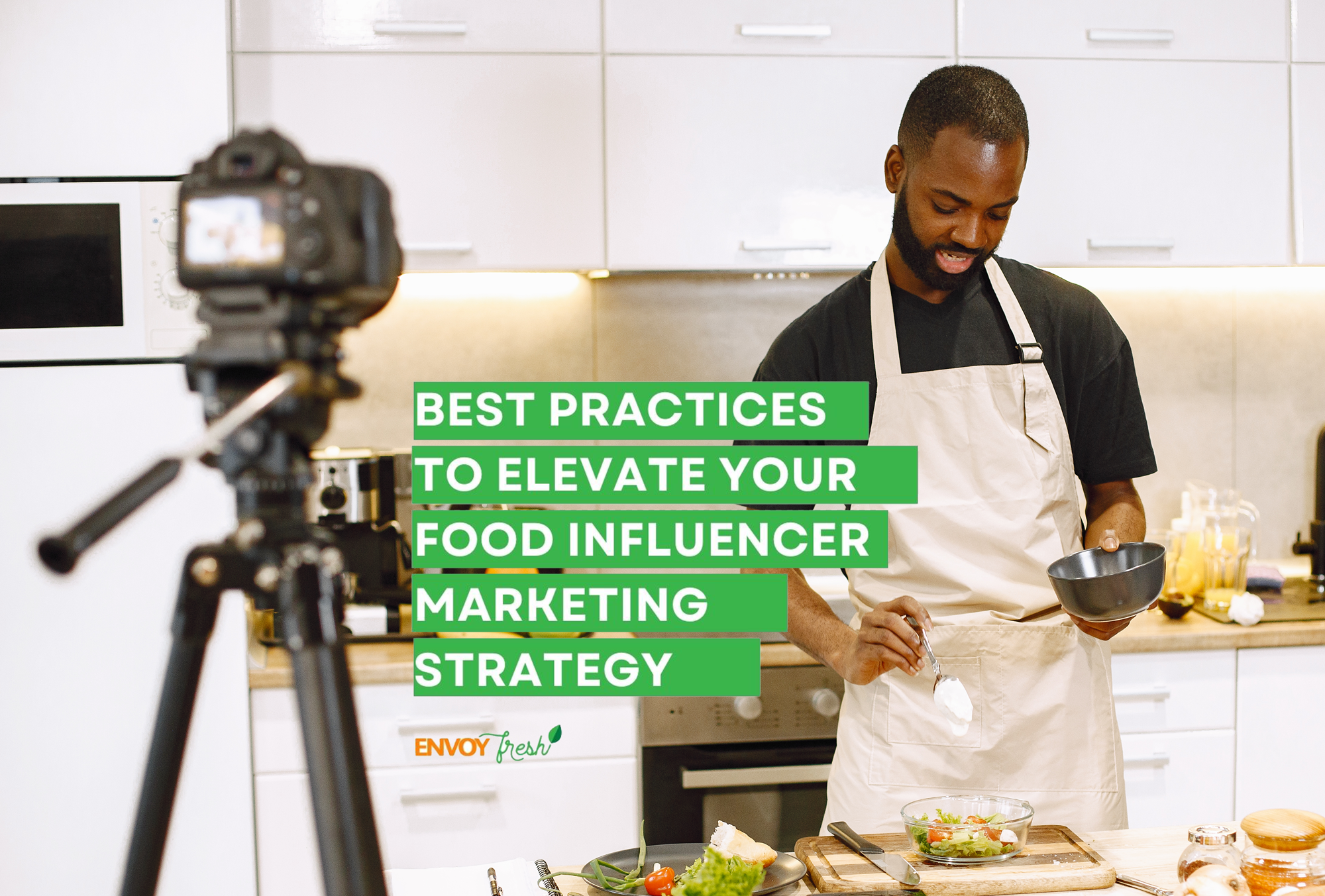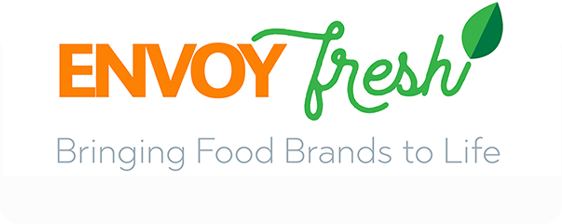
In the ever-evolving landscape of digital marketing, leveraging food influencers has become a powerful tool for brands aiming to connect with their audience in meaningful and memorable ways. From mouth-watering recipe creations to insightful product reviews, food influencers offer a unique blend of entertainment and education that can elevate your brand’s presence and drive tangible results. Here are some best practices to consider when crafting your food influencer marketing strategy:
1. Partner with Micro-Influencers:
In the vast and diverse world of food, micro-influencers can be your secret weapon. These individuals may have smaller follower counts compared to macro influencers, but they boast highly engaged audiences within specific culinary niches. By partnering with micro-influencers, you can tap into targeted communities passionate about topics such as vegan cuisine, keto-friendly recipes, or gourmet cooking. This targeted approach allows for more authentic connections and higher conversion rates.
2. Harness the Power of User-Generated Content (UGC):
Encourage your audience to become brand ambassadors by creating and sharing user-generated content featuring your products. Whether it’s a stunning food plating arrangement or a creative recipe using your ingredients, UGC fosters a sense of community and authenticity around your brand. Repurpose this content across your social media channels to showcase real-life experiences and inspire others to join the conversation.
3. Create Educational Content:
Food influencers are more than just culinary artists; they’re educators who can provide valuable insights into your products. Collaborate with influencers to develop educational content that highlights the nutritional benefits, sourcing practices, or certifications associated with your offerings. By positioning your products as valuable additions to consumers’ lifestyles, you establish trust and credibility while addressing their informational needs.
4. Embrace Seasonal Promotions:
Stay relevant and engage consumers by capitalizing on seasonal food trends and cultural festivities. Collaborate with influencers to create timely content that aligns with holidays, seasonal produce availability, or trending culinary themes. Whether it’s a summer barbecue recipe featuring your sauces or a cozy winter soup using your ingredients, seasonal promotions add excitement and urgency to your marketing efforts.
5. Prioritize Accessibility and Inclusivity:
Diversity and inclusivity are not only ethical imperatives but also smart business strategies. Partner with influencers from diverse backgrounds and dietary preferences to cater to a broad audience. Whether it’s showcasing plant-based recipes, gluten-free options, or international cuisines, inclusivity sends a powerful message of acceptance and empathy while expanding your brand’s reach.
In conclusion, Envoy Fresh is ready to be your partner in food influencer marketing that offers a dynamic platform for brands to engage with consumers authentically and effectively. By embracing best practices such as partnering with micro-influencers, harnessing user-generated content, creating educational materials, embracing seasonal promotions, and prioritizing accessibility and inclusivity, you can elevate your food influencer marketing strategy and achieve outstanding results. Remember, the key lies in fostering genuine connections, providing value, and staying attuned to the ever-changing tastes and preferences of your audience.

Recent Comments